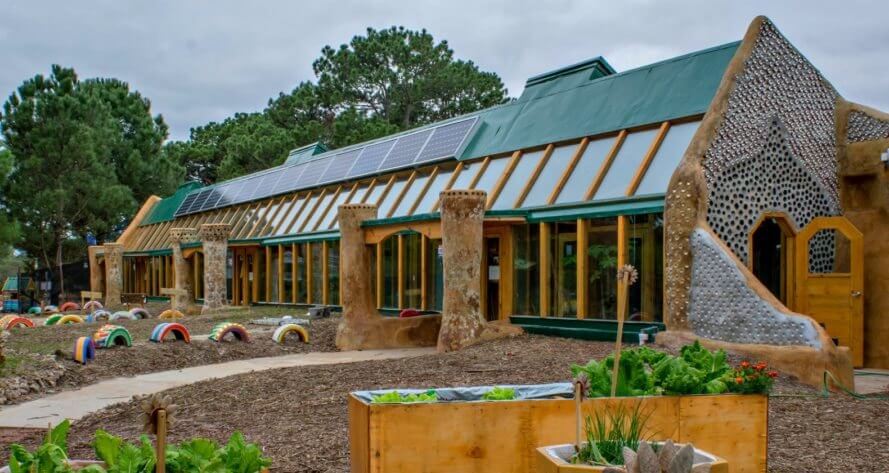From Guest Blogger Hannah Thomas: How Your Roof Affects the Environment

Roof insulation
Roofs accumulate up to 70% of solar energy, and in warm seasons they can significantly affect the energy bills. Same goes for cold weather since the roof with poor insulation will transfer heat from the interior to outdoors. Quality insulation is of great importance when balancing the interior temperature and cutting down on energy consumption. Most common insulation materials are fiberglass, cork, fiberboard, cellular glass, polyurethane, etc.
Cool Roofs
Roofs that are in light colors or have a reflective surface are quite energy efficient since they absorb no more than 30% of solar energy that strikes it. As for the cool weather conditions, reflective roofs do not increase heating costs too much, because air-conditioning costs more than heating. Additionally, a reflective coating on a roof will extend the lifespan of roof material since it will protect it from the elements and temperature swings.
Green Roofs
Vegetation that covers the roof is a great way to protect lower parts of the roof structure from UV rays and elements. It is a great form of insulation that eliminates solar heat absorption and temperature swings in the roofing membrane. Also, green roofs reduce urban heat island effect, and they tend to store the rainwater which is useful in controlling the runoff of stormwater. Difficulties that may arise when planning a green roof is the installation of the drainage system, as well as finding a leak.
Steel Roof
Roof tiles made of steel are one of the best choices when keeping sustainability in mind. Since being durable, they lower the costs of replacement and maintenance. An important detail is that they are completely recyclable, transportation costs are low, and they considerably reduce energy bills. Also, the size and shape of steel roof tiles allow additional layers of insulation if needed. However, steel roofs do have a few drawbacks. The noise that results from rain and the risk of damage and lighting are some of them.
Asphalt Roofs
Roofs covered with quality asphalt shingles may perform same as the cool roofs since asphalt shingles, although not light in color, can efficiently reflect sun rays. Not only they are recyclable and durable, but asphalt shingles also reduce energy consumption. Although long-lasting, asphalt roofing does require some basic maintenance, especially in warm weather areas. Roof cleaning in Sydney is a service that many homeowners demand, in order to protect the roof from usual threats like dirt, moss, and lichen.
Conclusion
Building an eco-friendly and energy efficient roof system is not a simple thing since many factors should come into consideration. To make sure you are on the right track, consider hiring a reliable roof contractor to make certain that all the materials, structure and other elements comply with sustainability standards. Whether it is a completely new roof construction or just a small adjustment, it is a wise thing to turn to professionals who will apply their expertise and save you a lot of money in a long run.
